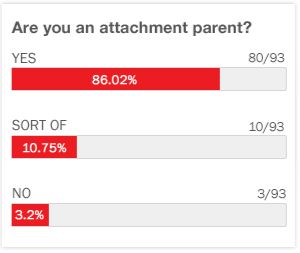Transcription:
An incredibly great step to emergency preparedness is walking the place that you live--knowing where your shut-off valves are--where's my gas shut-off valve, my water shut-off valve, my electrical shut-offs? You've got to know where they are, and how to turn them off. First, with our gas shut-off valves--in general, your valve can be shut off with a crescent wrench or an earthquake shut-off tool, but some valves can be unique--so look at it now and determine what tool you'll need to be able to turn it off. A lot of emergency response personnel recommend that you keep that tool nearby the actual shut-off so that when the emergency happens, you can get to it--you don't have to look for the tool, it's right there. For the auto shut-offs, which are very common in California, it tends to look--and this sounds silly, but like a Lego--it's usually a little square apparatus that you install onto the gas line. Before you get one installed, make sure that it is approved by the State of California and that you have an actual contractor installing it for you. Know that it may go off even without necessarily seismic activity. It's a good thing to put on there because it makes sure that your gas shuts off if you're not at home and can potentially prevent a home fire. You've got to, once again, walk your property. You may have one already installed, or you may want to consider installing one. With your water shut-off--it's usually a red lever that's installed on the outside of the home and just requires turning it in one direction. Your electricity, your water...you can turn those off and on yourself, that's fine--but with gas shut-offs, you want to make sure that you're actually shutting off your gas, because there's potential to leak, because a gas company may not be able to get back out to you for up to several weeks following a major emergency. There are three good reasons for shutting off your gas: 1) You smell that rotten egg smell--you smell that gas. 2) You hear hissing. 3) You see your meter spinning much more quickly than usual. There's only one way to know it's usual, right? We need to walk our property and take a look during peak usage hours to see what's normal for us. A fourth indicator would be seeing a broken line; you obviously want to shut off your gas if you see that.




 GET ACCESS TO ALL PREMIUM CONTENT WITH NO ADS FOR $4.99/MONTH
GET ACCESS TO ALL PREMIUM CONTENT WITH NO ADS FOR $4.99/MONTH




Login or Register to view and post comments